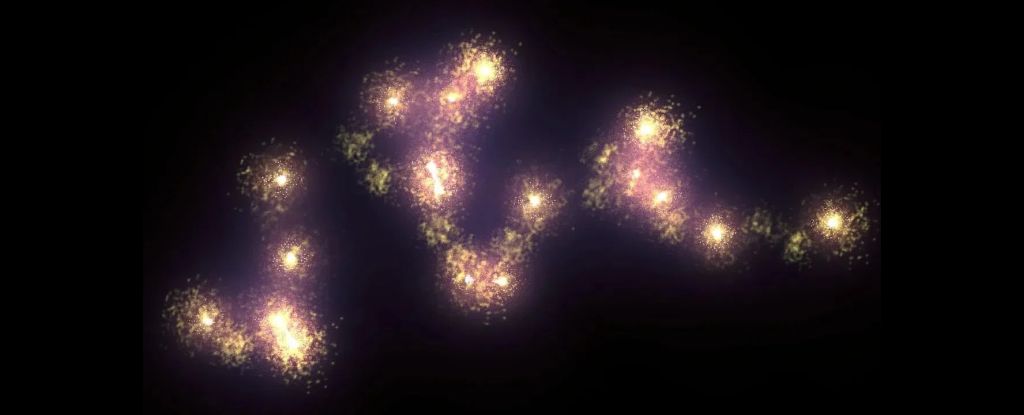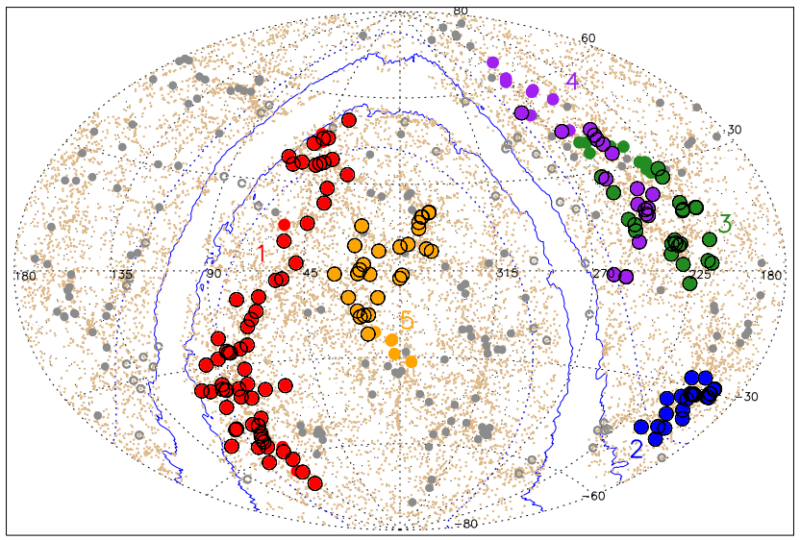
The largest known structure in the Universe may be even larger than the large we thought it was.

A team of astronomers have mapped the nearby universe, from about 425 million to 800 million light-years (which translates to some 130 to 250 megaparsecs), and discovered the largest-known structure residing there.

The largest known black hole jets, 23 million light years across, have been discovered in the distant universe.

An international team of scientists led by astronomers from Tartu Observatory of the University of Tartu has discovered many superclusters in the universe, with the most prominent among them named the 'Einasto Supercluster'.

The discovery of giant superclusters of galaxies are challenging our very understanding of the Universe.

The latest discovery of an ultra-large structure called the "Big Ring" adds to "mounting evidence" that challenges what we know about the universe.

Scientists have been gathering a growing well of evidence that our universe may be connected via a vast array of large-scale "structures" that seem to reach out across the cosmos to synchronize the movements of galaxies that are separated by vast distances.

Recent U.S. study suggests how surveys using gamma telescopes could find evidence of spacecraft powered by tiny artificial black holes. The concept of a black hole-powered spacecraft was first introduced by science fiction author Arthur C. Clarke.

Tabetha Boyajian and her colleagues reported that the star experienced its greatest dip since it was observed by the Kepler mission in 2013.

In the Search for Extra-Terrestrial Intelligence (SETI), a team of astronomers recently searched through the Kepler field to look for signatures of technologically-advanced civilizations.

A new study suggests that the cause of the dimming over long periods is likely an uneven dust cloud moving around the star. This flies in the face of the “alien megastructure” idea and the other more exotic speculations.

Using data from the Sloan Digitial Sky Survey, an Indian team of astronomers has discovered one of the largest cosmic structures to date - the Saraswati Supercluster.

Tabby's star is dipping drastically in brightness, giving astronomers an opportunity to figure out what has been causing this star's weird behavior.

"Tabby's Star" has dramatically dimmed. Something passed in front of it, dimming its starlight a whopping 20 percent and other jumbled transit signals revealed that something wasn't quite right with this particular star.